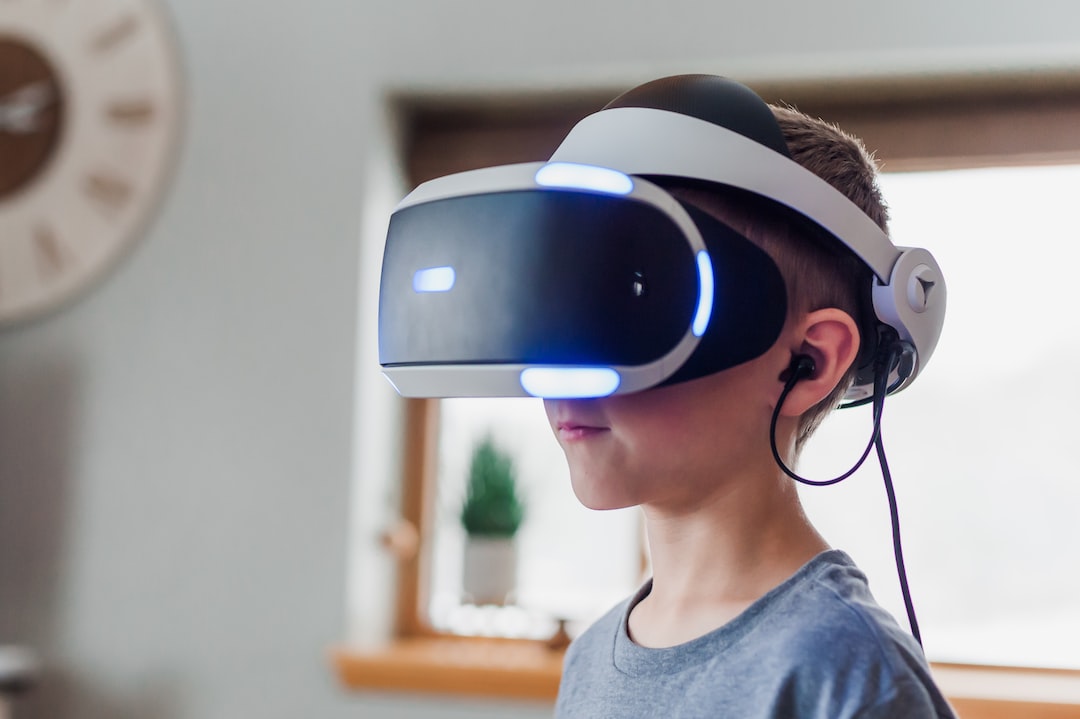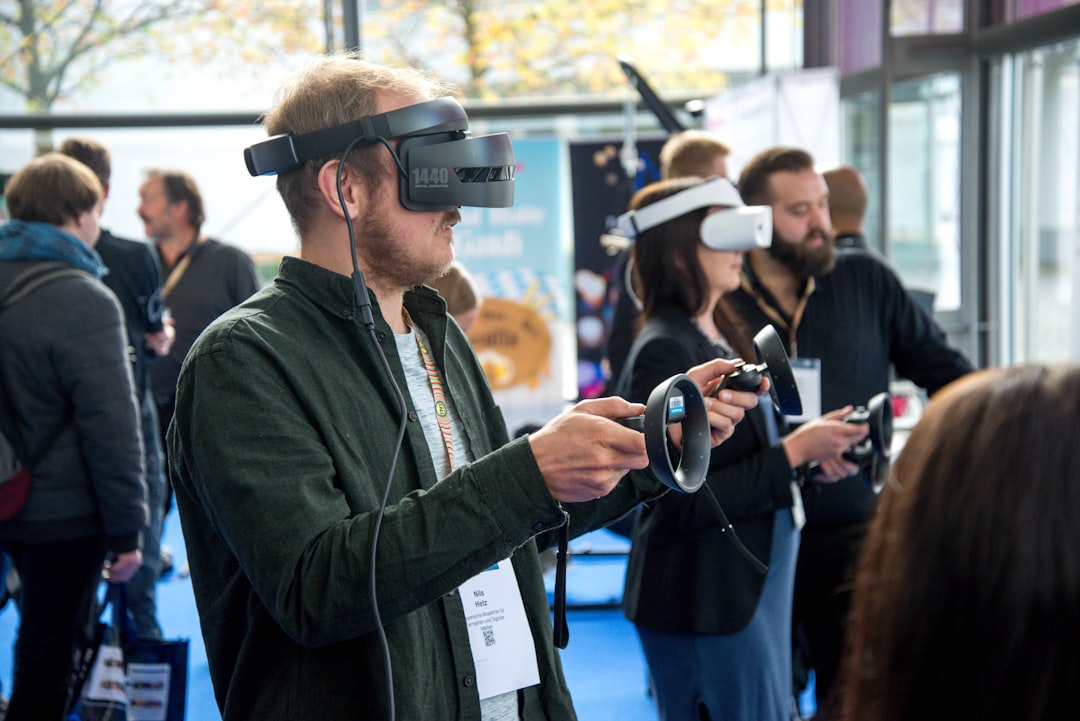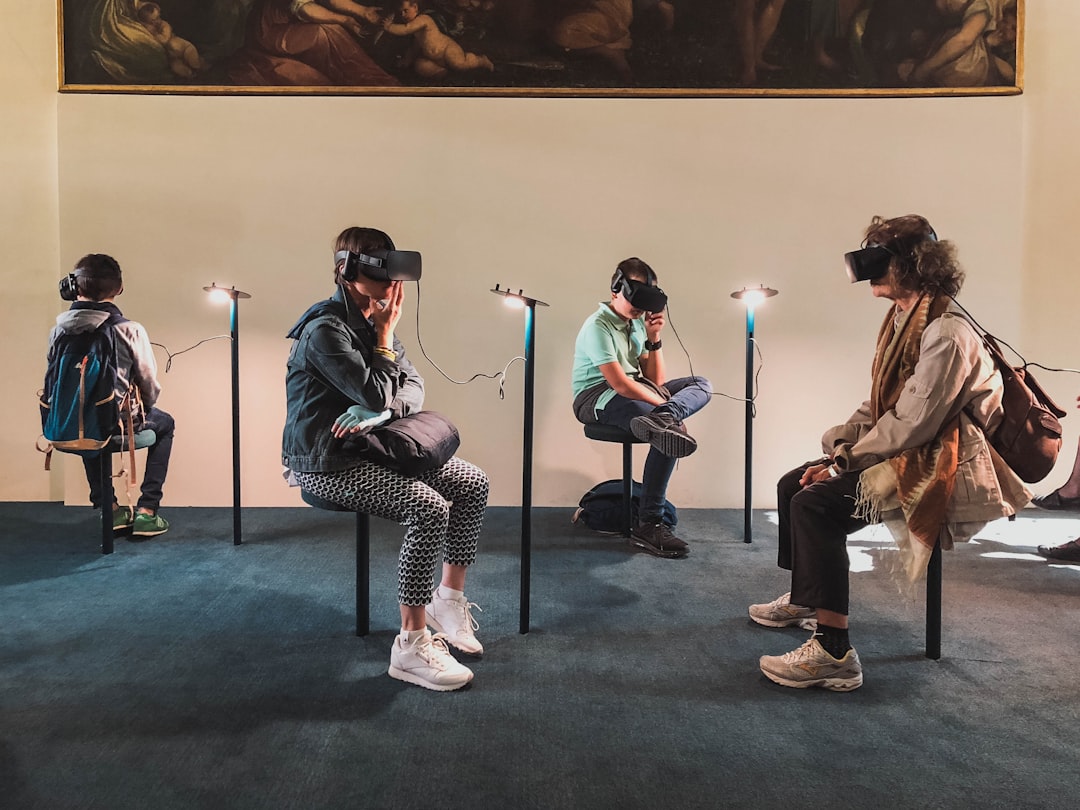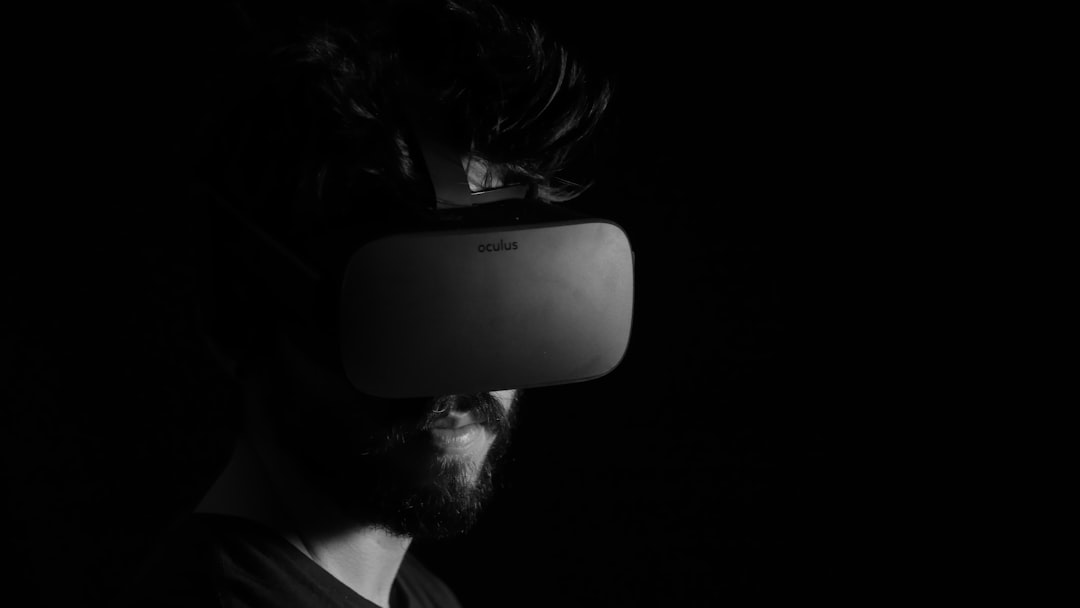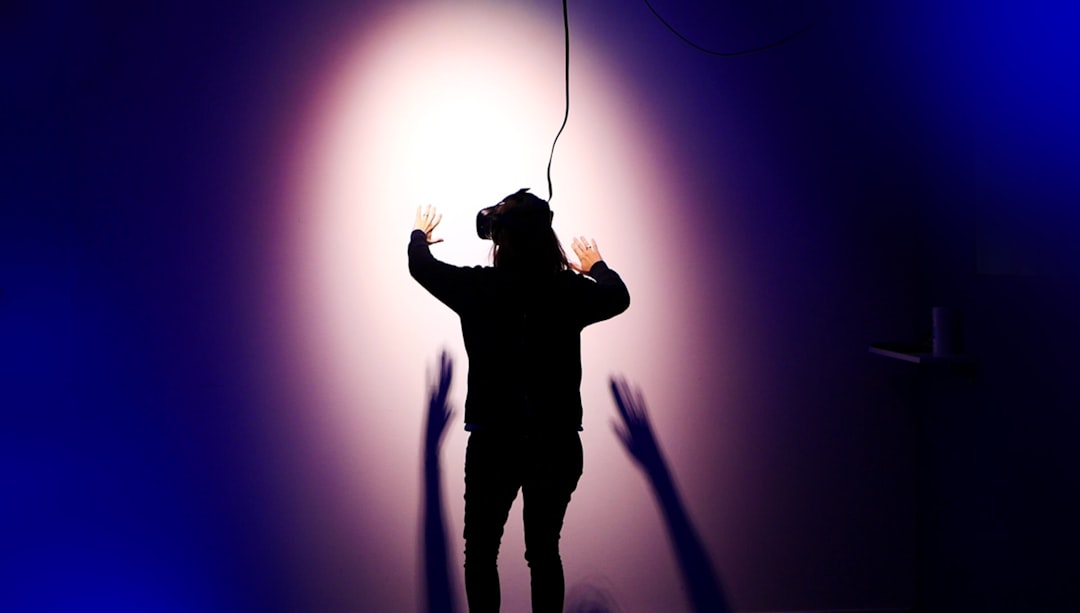Virtual Reality (VR) technology has come a long way in recent years, and it has opened up new avenues for businesses to engage with their customers in innovative ways. In the world of customer experience, VR technology has emerged as a game-changer, providing businesses with the opportunity to create personalized, immersive experiences that leave a lasting impact on customers.
As the world becomes more digitally connected, businesses must adapt to meet the changing needs of their customers. Customers today expect more than just a basic product or service – they want a complete experience. This means providing personalized, interactive experiences that engage all the senses and leave a lasting impression.
This is where VR technology comes in. By creating custom VR environments, businesses can personalize the experience for each customer, allowing them to explore products or services in a way that is tailored to their specific needs and preferences. VR technology also allows businesses to provide interactive training and support, making it easier for customers to learn about and use products.
But VR technology is not just about providing a better customer experience – it is also about building connections and communities. By leveraging social VR engagement, businesses can create virtual communities that bring customers together, fostering a sense of loyalty and belonging.
In this blog post, we will explore seven ways in which VR technology can be used to enhance the customer experience. From personalizing the experience to creating immersive product demos, we will show you how businesses can use VR technology to engage customers in new and exciting ways. So, let’s dive into the world of VR and explore the future of customer experience.
Personalizing the Experience: Creating Customizable VR Environments for Customers
One of the most powerful aspects of VR is its ability to create a personalized experience for each customer. By allowing customers to customize their VR environment, businesses can create a unique experience that is tailored to each customer’s individual preferences.
This level of personalization can be especially powerful in industries such as real estate or home design, where customers want to be able to visualize how a product or space will look before making a purchase. In these industries, VR can allow customers to customize everything from paint colors to furniture layouts, giving them a clear idea of what the end result will look like.
In addition to creating a more immersive experience, personalization also has the potential to increase customer satisfaction and loyalty. By giving customers more control over their experience, businesses can create a stronger emotional connection with their brand and foster a sense of ownership and pride in the final product.
Of course, creating customizable VR environments requires a significant investment in both time and resources. Businesses must have a solid understanding of their customers’ needs and preferences, as well as the technical expertise to create a seamless and intuitive VR experience.
However, for businesses willing to make the investment, the rewards can be significant. By creating a truly personalized experience, businesses can differentiate themselves from competitors and create a loyal customer base that is willing to pay a premium for their products or services.
In the next section, we’ll explore how VR can be used to allow customers to test drive products in a completely immersive way.
This level of personalization can be especially powerful in industries such as real estate or home design, where customers want to be able to visualize how a product or space will look before making a purchase.
Immersive Product Demos: Allowing Customers to Test Drive Products in VR
One of the biggest challenges in sales is helping customers to envision how a product will fit into their lives. With traditional marketing and sales techniques, it’s difficult to convey the full value and impact of a product. However, with virtual reality, customers can experience a product in a way that feels real and personal.
Imagine being able to try on a piece of clothing and see how it looks and feels on your body. Or, being able to test drive a car and get a sense of its handling and performance. With VR, these experiences are possible.
Virtual reality allows businesses to create immersive product demos that take customers on a journey through the product. They can see its features and benefits, and get a sense of how it works in real-world scenarios. This level of interaction creates a personal connection between the customer and the product, resulting in a stronger emotional attachment to the brand.
VR product demos are particularly useful for industries where the product is expensive or difficult to transport, such as real estate or heavy machinery. With virtual reality, customers can tour a property or operate a piece of equipment without leaving their location.
Furthermore, virtual product demos can be customized to fit the needs of each customer. By gathering data on a customer’s preferences and needs, businesses can create VR environments that are tailored to their specific interests. This level of personalization creates a sense of exclusivity and loyalty to the brand.
Overall, immersive product demos in virtual reality offer a new level of customer experience that is unmatched by traditional marketing and sales techniques. By allowing customers to test drive products in a virtual environment, businesses can create a strong emotional connection between the customer and the product. This results in increased loyalty and sales, and positions the brand as a leader in innovation and customer experience.
This level of personalization creates a sense of exclusivity and loyalty to the brand.
Interactive Training and Support: Providing Virtual Hands-On Assistance
Virtual reality isn’t just about immersing customers in exciting digital worlds or displaying products in a visually stunning way. It can also be utilized to provide interactive training and support to customers. By creating virtual training environments, companies can guide their customers through complex processes, teach them new skills or provide hands-on assistance in real-time.
Imagine being able to provide your customers with a virtual assistant who can guide them through the steps of assembling a complicated product, like a piece of furniture or a home appliance. With VR technology, this is entirely possible. Customers can don a VR headset and have access to a virtual assistant who can walk them through each step of the process, all while allowing them to interact with the product in a virtual space.
Interactive training and support can also be used for more complex tasks, like training employees on new software or equipment. Rather than having to travel to a training location or rely on static images or videos, VR can provide a more immersive and interactive experience. Employees can practice tasks in a virtual environment, receiving real-time feedback from trainers or supervisors. This can significantly reduce training costs while ensuring that employees are fully prepared for their roles.
The possibilities for interactive training and support are endless, and companies that adopt this technology will have a distinct advantage in providing top-tier customer support. By investing in VR training environments, companies can show their commitment to their customers, providing them with the tools and resources they need to succeed. Virtual training can also be more scalable and cost-effective than traditional methods, making it an attractive option for businesses of all sizes.
Interactive training and support are a game-changer for customer experience. By providing virtual hands-on assistance, companies can guide their customers through complex processes and train employees on new skills or equipment. This technology is adaptable, innovative, and goal-oriented, making it an essential strategic tool for companies looking to enhance their customer experience. As we move towards a more virtual future, interactive training and support will become increasingly important, and companies that invest in it now will be well-positioned for success.
It can also be utilized to provide interactive training and support to customers.
Social VR Engagement: Building Communities and Connections
Virtual reality has the power to bring people together in ways that were previously unimaginable. By immersing customers in shared virtual environments, companies can create opportunities for social VR engagement that foster deep connections and a sense of community among their customers.
Through social VR experiences, businesses can build brand loyalty and encourage customer advocacy. By connecting customers with like-minded individuals, they can create a sense of belonging within their target audience, which can drive customer retention and increase brand awareness.
One example of social VR engagement is creating virtual events that allow customers to interact with one another in a shared environment. These events can include live product launches, Q&A sessions with brand representatives, and even gaming tournaments. By creating a sense of community around their products or services, companies can establish themselves as thought leaders in their respective industries.
Another way companies can leverage social VR engagement is by creating virtual spaces that allow customers to connect with one another on a more personal level. Whether it’s a virtual coffee shop, a co-working space, or a shared gaming environment, businesses can provide customers with a place to build relationships and engage with each other in a way that feels natural and authentic.
Furthermore, social VR engagement can be used to gather customer feedback and insights. By creating virtual focus groups or facilitating customer surveys in VR, businesses can gain a deeper understanding of their customers’ needs and preferences. This information can then be used to tailor products and services to better meet customer demands.
Overall, social VR engagement is a powerful tool that businesses can use to build connections and communities among their customers. By creating virtual environments that facilitate social interaction and foster a sense of belonging, companies can establish themselves as thought leaders in their industries and drive customer loyalty and advocacy.
By creating virtual environments that facilitate social interaction and foster a sense of belonging, companies can establish themselves as thought leaders in their industries and drive customer loyalty and advocacy.
Enhanced Brand Storytelling: Bringing Brands to Life in VR
In today’s ever-evolving digital landscape, it has become increasingly important for brands to find new and innovative ways to connect with their customers. One of the most exciting and promising ways to do so is through the use of virtual reality (VR).
VR allows brands to create immersive experiences that go beyond traditional marketing methods, allowing customers to fully engage with their products and services in a way that was previously impossible. By leveraging the power of VR, brands can bring their stories to life and create emotional connections with their customers.
One of the most powerful aspects of VR is its ability to transport users to different places and times. For brands, this means they can use VR to take customers on a journey through their history or showcase their vision for the future. By doing so, they can create a powerful emotional connection with their customers and help build brand loyalty.
Another way that brands can use VR to enhance their storytelling is by creating interactive experiences that allow customers to explore their products and services in a unique way. For example, a car company could create a VR experience that allows customers to explore the inside of their latest model, test drive it, and learn about its features in a way that is both immersive and fun.
VR can also be used to create educational experiences that help customers learn more about a brand’s products and services. For example, a skincare company could create a VR experience that teaches customers how to use their products in a way that is both engaging and informative.
In addition to enhancing brand storytelling, VR can also be used to create unique and memorable events for customers. By creating immersive experiences that are tailored to their needs and interests, brands can create a powerful connection with their customers and help solidify their place in their lives.
Overall, VR represents a game-changing opportunity for brands looking to connect with their customers in new and innovative ways. By leveraging the power of VR, brands can create immersive experiences that bring their stories to life and create emotional connections with their customers. Are you ready to take your brand’s storytelling to the next level?
By creating immersive experiences that are tailored to their needs and interests, brands can create a powerful connection with their customers and help solidify their place in their lives.
Conclusion: The Future of Customer Experience with Virtual Reality
As we’ve seen throughout this article, virtual reality is a powerful tool that can revolutionize the way businesses interact with their customers. From personalizing the experience to immersive product demos, interactive training and support, social VR engagement, and enhanced brand storytelling, VR offers endless possibilities for customer experience innovation.
But the potential of VR goes beyond just improving customer experience. As the technology continues to evolve and become more accessible, businesses can use VR to create entirely new revenue streams, develop new products and services, and even transform their business models altogether.
The key to making the most of VR is to approach it strategically. Rather than simply jumping on the bandwagon, businesses need to think carefully about how VR fits into their overall goals and objectives. They should consider what problems VR can solve, what opportunities it can create, and what resources will be required to implement it effectively.
Ultimately, the businesses that will succeed with VR are those that recognize it as a means to an end – a powerful tool for achieving their larger goals and objectives. Whether it’s improving customer experience, driving revenue growth, or transforming their entire industry, VR has the potential to be a game-changer for businesses of all sizes and industries. The future is bright for those that are willing to embrace it.
